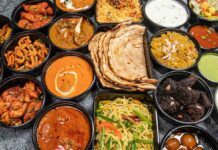Indian history is one of the most complex topics in the world that one can engage themselves into. It is not something that one can bind into a book. For the larger part of the post-independence era, India’s history has been a battlefield of narratives between different fronts and ideologies. A civilisation thousands of years old, India is a country that holds thousands of secrets in its history. Indian history is far bigger and diverse than what we get to read in text books written by the flag bearers of a certain ideology. Hundreds of mighty kingdoms have existed in the past with several great Indian rulers walking on the land, helping the country regain its might and protecting it from foreign invaders in different centuries.
While all the popular roads, cities and other important structures have been named after Mughal invaders, we hardly get to listen about the real daughters and sons of the land, who sacrificed their everything to serve India that is Bharat. There couldn’t be a better time than this to know more about those rulers who shaped the country’s future with their historic decisions.
In this blog, we will know about some of the greatest Indian rulers that failed to get the popularity they deserved.
Samudragupta:
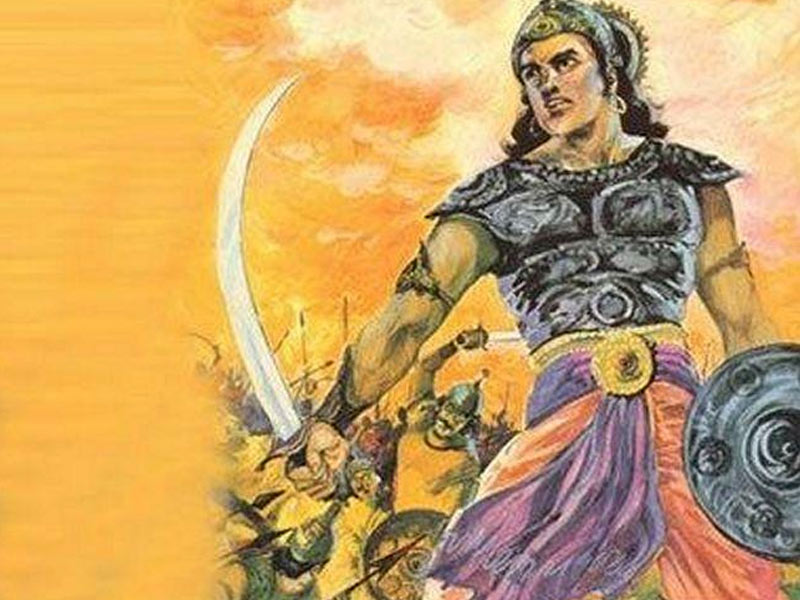
Samudragupta was a powerful Indian ruler from the Gupta empire in ancient India. He was the son of Chandragupta I and Kumaradevi. Ruling between 350-375 CE, Samudragupta expanded his empire significantly and was a great military commander. We get a hint of his empire’s military capability from the Allahabad Pillar inscription, a prashasti composed by his courtier Harishena. Samudragupta conquered several kingdoms in north India and his empire was spread till the country’s south coast. From Ravi River in the west to the Brahmaputra River in the east, most of the country’s landmass fell under his control. As per the historic records, Samudragupta remained undefeated.
Sambhaji Bhosale:

We all know about the great Chhatrapati Shivaji Bhosale, who ignited the flame of Swarajya and defeated several invaders to establish the Maratha empire. Sambhaji Bhosale was the eldest son of Chhatrapati Shivaji. Sambhaji carried his legacy forward and remained committed to eliminating the invading Muslim rulers from the country. In his 9-year long rule, Sambhaji continued to fight the Mughals before he was captured and executed. Much of western and northern India was under his control.
Also read, 8 Books You Need To Read To Understand India’s History Better
Bappa Rawal:
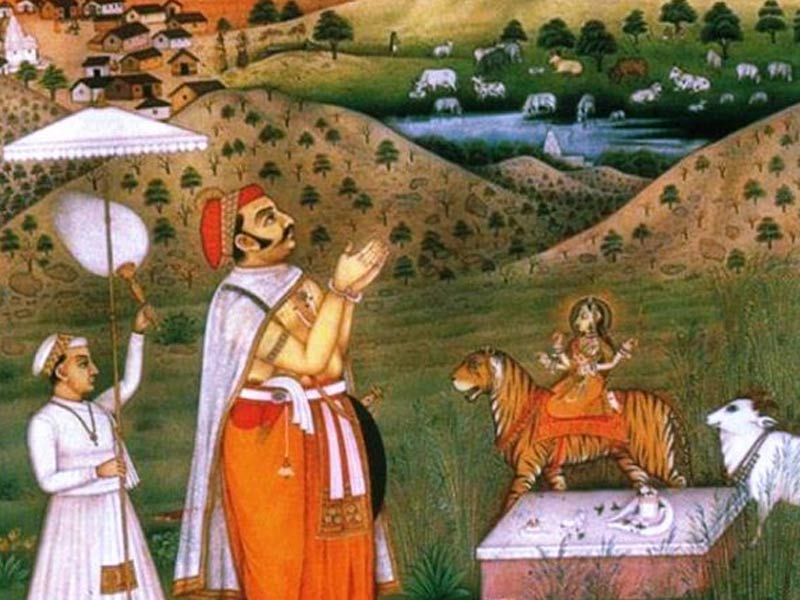
The land of Mewar never had the dearth of great warriors. Bappa Rawal was one of those warriors who ruled over the region in the 8th century. Historians consider him as the founder of the Guhila dynasty. He was a fierce warrior who could take one multiple enemies at a time. He captured the Chittor Fort from the Arabs and defeated several invaders who laid their eyes on this land. The tales of Bappa Rawal inspired several generations of Rajputs in the country.
Rana Sanga:
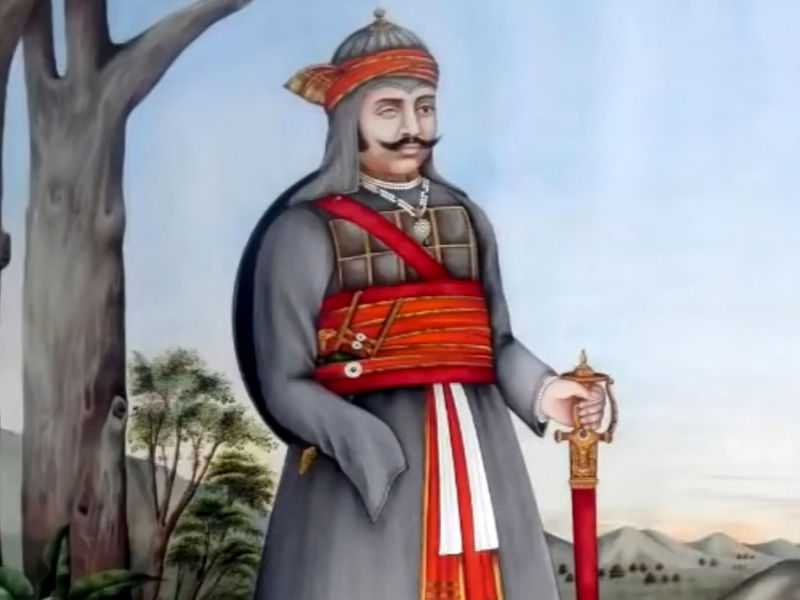
The land of Mewar is remembered as the birthplace of Maharana Pratap, one of the greatest warriors India ever produced. Rana Sanga (full name Maharana Sangram Singh Sisodia) was a descendant of Bappa Rawal. He was the Indian ruler of Mewar who fought against the Afghan Lodhi dynasty of Delhi Sultanate. He also fought against Turkish invaders and chased Afghans out of India. Regarded as one of the greatest Rajput warriors, Rana Sanga was the grandfather of the great Maharana Pratap.
Suraj Mal:

Maharaja Suraj Mal was a Jat Indian ruler. He was the king of Bharatpur in Rajasthan who played a key role in expanding Jat rule that brought provinces like Agra, Aligarh, Bharatpur, Dholpur, Etawa, Gurgaon, Hathras, Mainpuri, Mathura, Mewat, Meerut, Rewari, and Rohtak under its control. He was an intellectual who had expertise in war, politics and history. He was engaged in a war with the Mughals and got killed in an ambush by the Mughal Army on the night of 25 December 1763. He had an army of over 25,000 infantry and 15,000 cavalry.
Mahadaji Shinde:
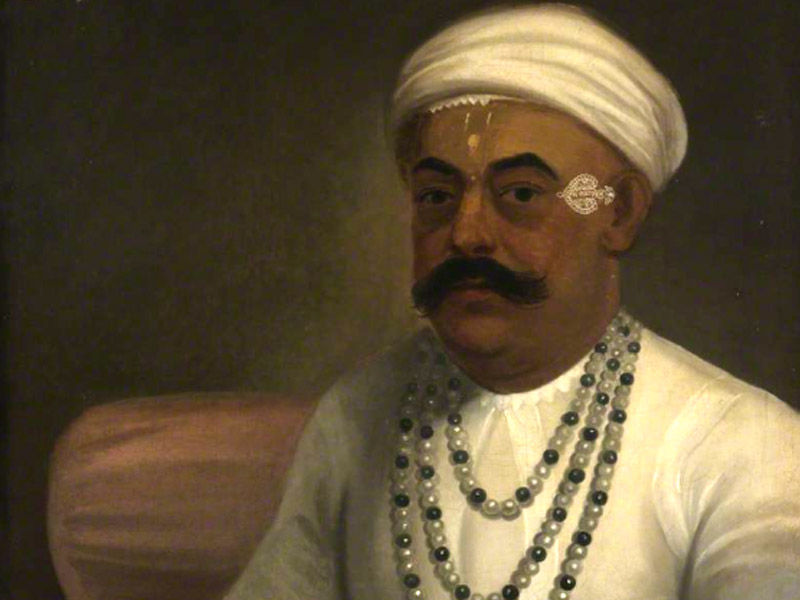
Mahadaji Shinde was an Indian ruler of Ujjain province in Central India. He was the son of Ranoji Rao Scindia, the founder of the Scindia dynasty. He played a key role in the resurrection of the Maratha power in North India following the Third Battle of Panipat in 1761. He was a key aide of the Peshwa. The province of Gwalior underwent significant progress and makeover during his reign. It evolved as a centre of strategic and political importance.
Raja Dahir:
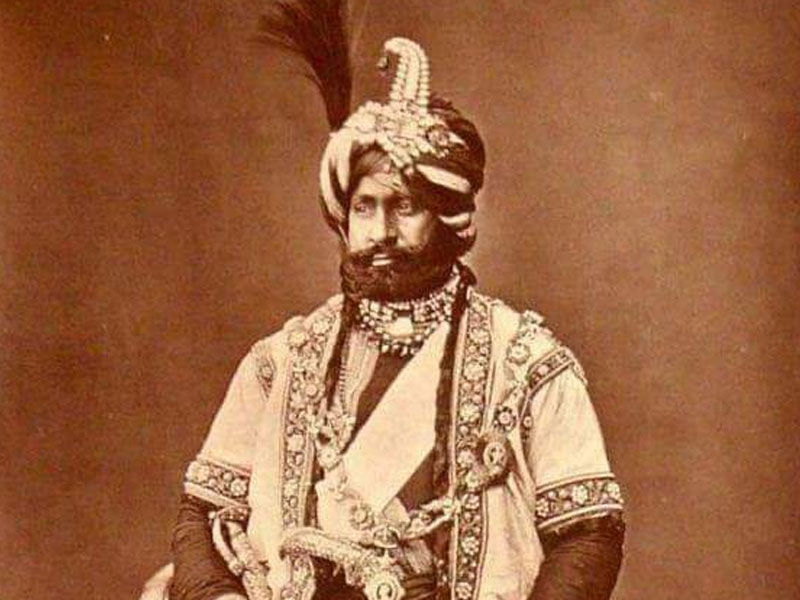
The term ‘Lone Warrior’ perfectly suits Raja Dahir. He was a great king and the last Indian ruler of Sindh in ancient India (present-day Pakistan). Raja Dahir was a great warrior who defended his territory and his people while fighting with foreign invaders that primarily included Arabs and Mughals. He was killed at the Battle of Aror with Arabs. Arab general Muhammad bin Qasim got his body decapitated. Present-day residents of Sindh province hold Raja Dahir in high regards and take inspiration from his tales to struggle for an independent nation.

























